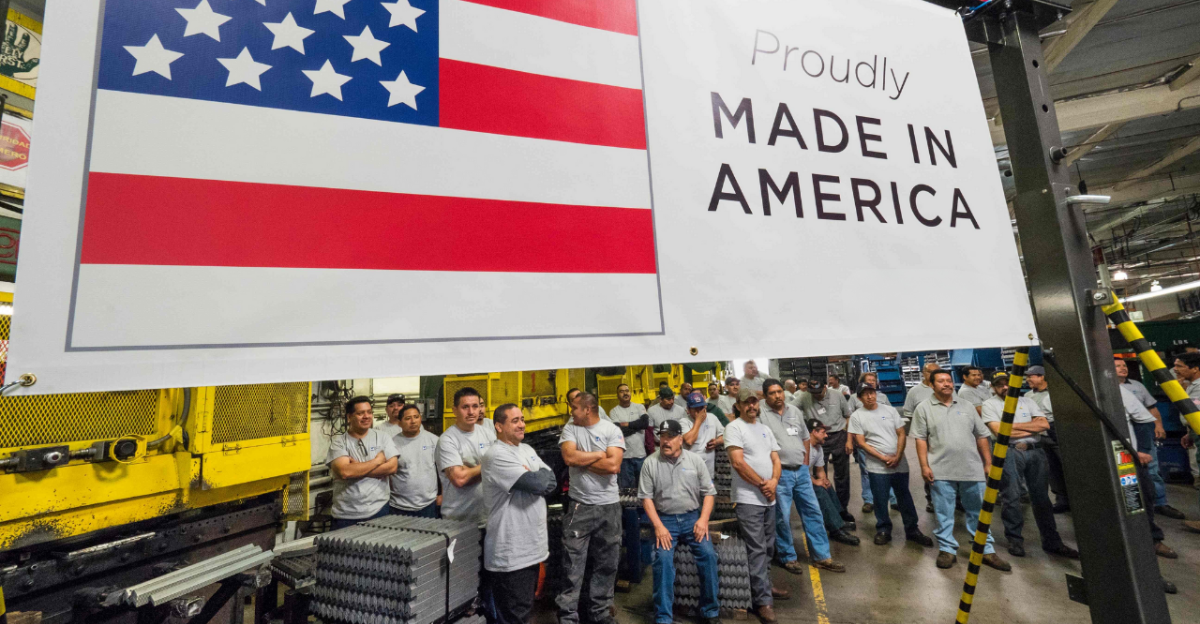
The hum of machines fell silent in Hillsville, Virginia, as a century-old textile titan, prepared to shut its doors permanently. Sixty-eight workers who had woven fabric that clothed the nation now faced unemployment, with only weeks’ notice after decades of service.
The company cited sharply rising energy costs as the deciding factor, declaring the plant’s fate in a formal WARN Act notification—signaling the loss of a regional economic anchor and raising urgent questions about the future of American manufacturing.
But this closure is far from an isolated incident—what comes next may reshape entire communities.
A Familiar Pattern Emerges
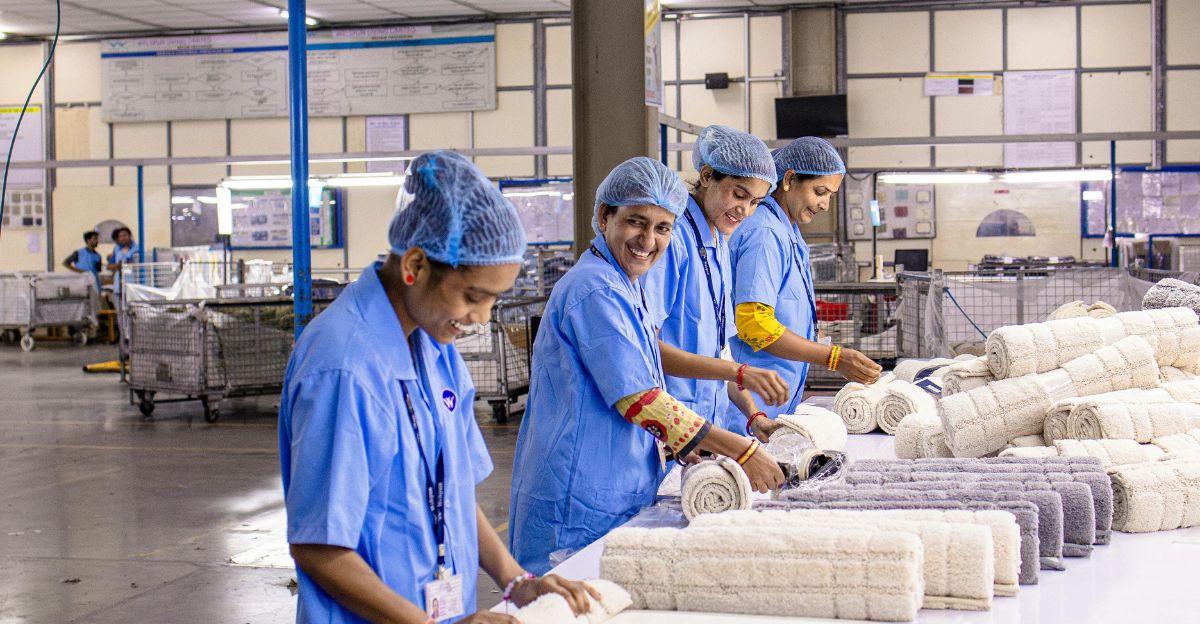
For locals, the closure feels like déjà vu. It’s the fourth major plant to disappear from Carroll County in just two years, erasing hundreds of jobs along the way. Once-vibrant factory towns now stand dotted with empty parking lots and idle smokestacks.
County officials warn the losses are piling up fast, with nearly a million dollars in annual tax revenue already gone. Yet the question lingers—why now, and why here?
The Legacy They’re Losing
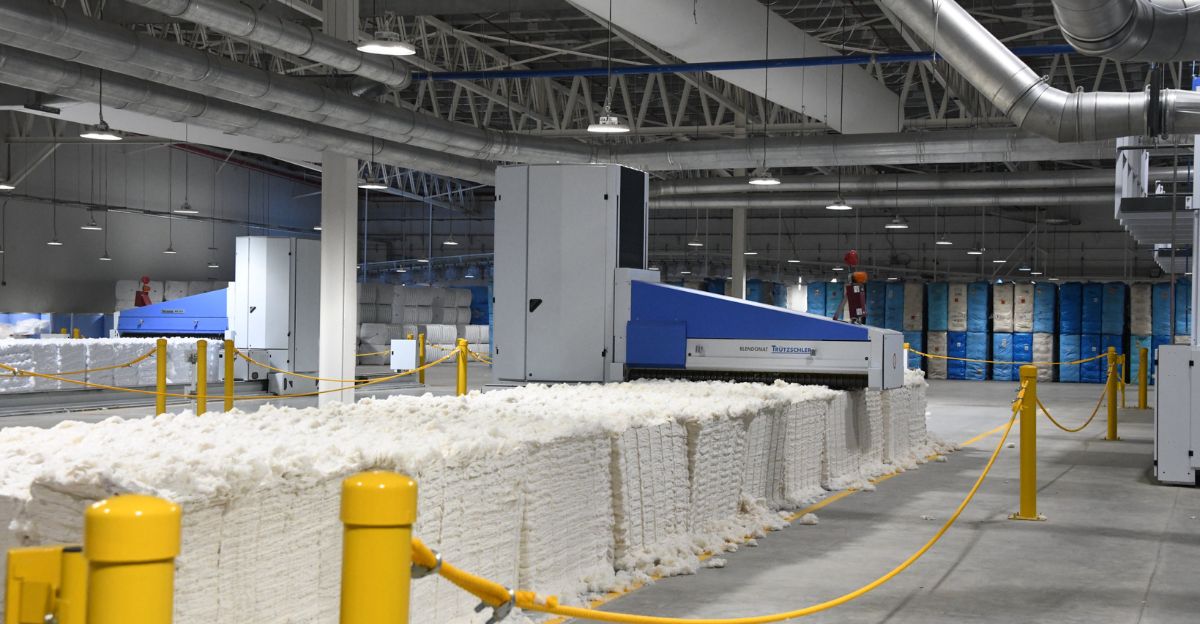
This factory wasn’t some fly-by-night operation. Its roots reach back to the early 1900s, when the textile boom turned the American South into a manufacturing powerhouse. From those early spinning rooms to today’s automated lines, it weathered world wars, recessions, and globalization.
It once symbolized American self-reliance—thousands of tons of yarn and fabric flowing from mills across the Carolinas and Virginia. To see that century-long story fade feels like losing a part of history itself.
The Official Explanation
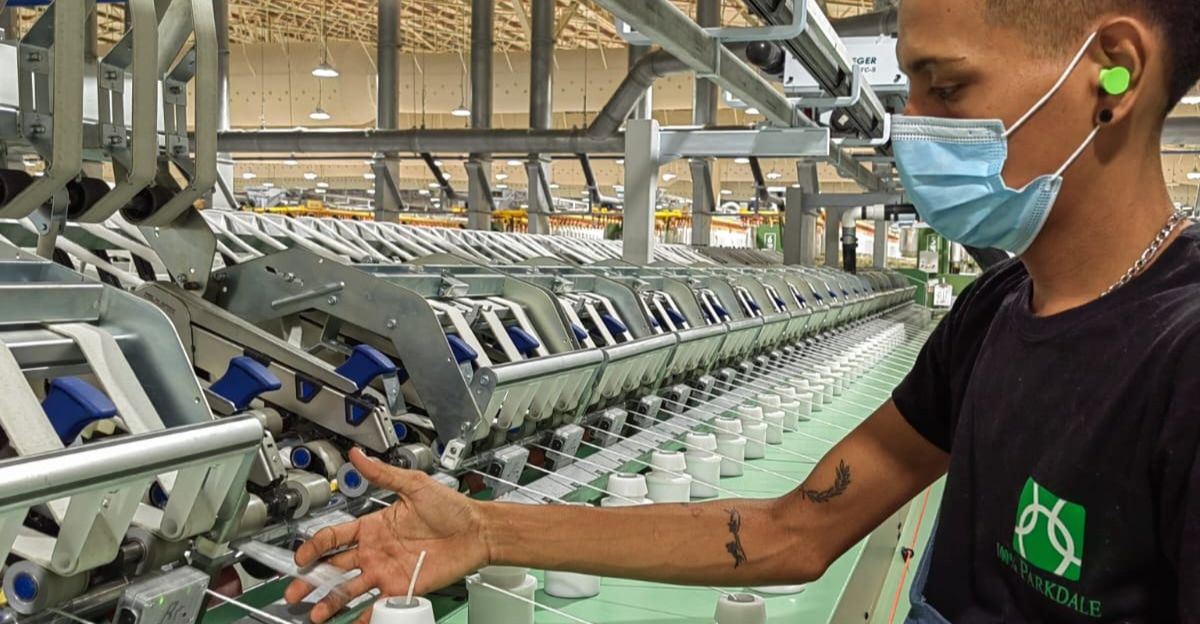
Company leaders didn’t mince words in their closure notice: “Rapidly rising energy costs have made operations unsustainable.” It’s a line many in the textile world have heard before. Similar shutdowns across the South have echoed that same refrain.
But here’s the catch—Virginia’s energy rates are among the lowest in the nation. So why would a supposedly “cheap” state be too expensive for business? That’s where the story begins to twist.
The Real Story Behind the Shutdown

The factory turns out to be Parkdale Mills, a 109-year-old textile titan that once operated nearly 30 plants across the Americas. While executives cite energy costs, their CEO told Congress something very different: Parkdale is running at just 60% capacity because of cheap foreign imports flooding the U.S. through the de minimis loophole.
Over one billion duty-free packages entered last year—many filled with textiles. This isn’t about power bills. It’s about global competition.
Sixty-Eight Jobs, Sixty-Eight Stories
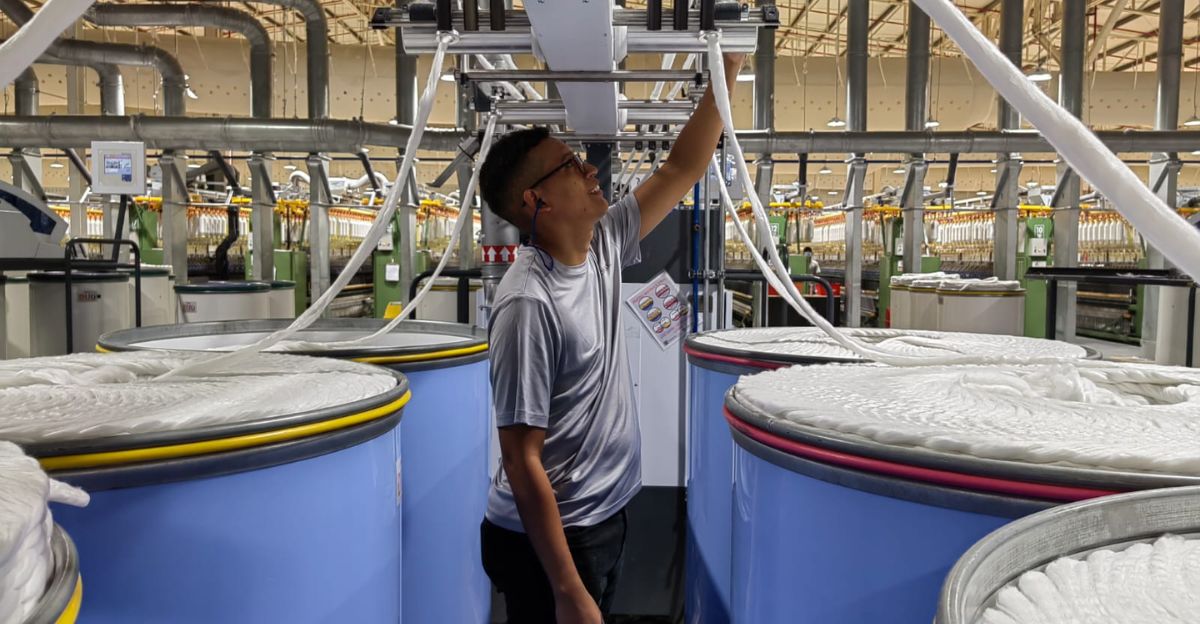
Come October 24, sixty-eight Hillsville workers will clock out for the final time. Some have been here since their teens, following in their parents’ footsteps. Others hoped to retire here.
Instead, they’re left scrambling for options in a town with few to spare. It’s not just the end of a paycheck—it’s the end of a promise that loyal work would mean stability.
The Ripple Through Carroll County
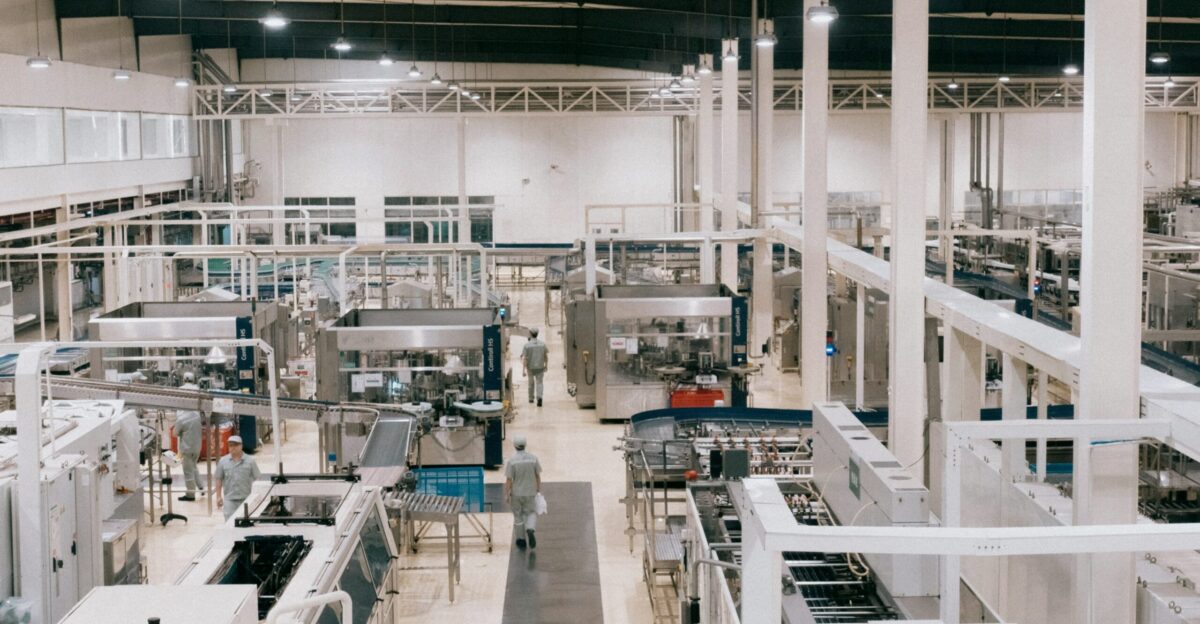
Local businesses are bracing for impact. The diner down the road expects fewer lunch rushes. Gas stations will lose their regulars. With a $1 million tax hole opening in the county budget, public projects may stall.
Unemployment sits at 4.2%—not disastrous, but rising fast. Residents worry that if even the most established employers can’t stay afloat, what chance do smaller ones have?
A Bigger Industry in Retreat

Zoom out, and Parkdale’s closure looks less like an exception and more like a warning sign. Twenty-eight textile mills have shuttered nationwide in under two years. Many blamed energy costs, even in low-rate states like North Carolina and Tennessee.
Behind that excuse lies a harsher truth: America’s textile industry is being undercut by a tidal wave of duty-free imports. And the gap keeps widening.
How a Trade Loophole Changed Everything
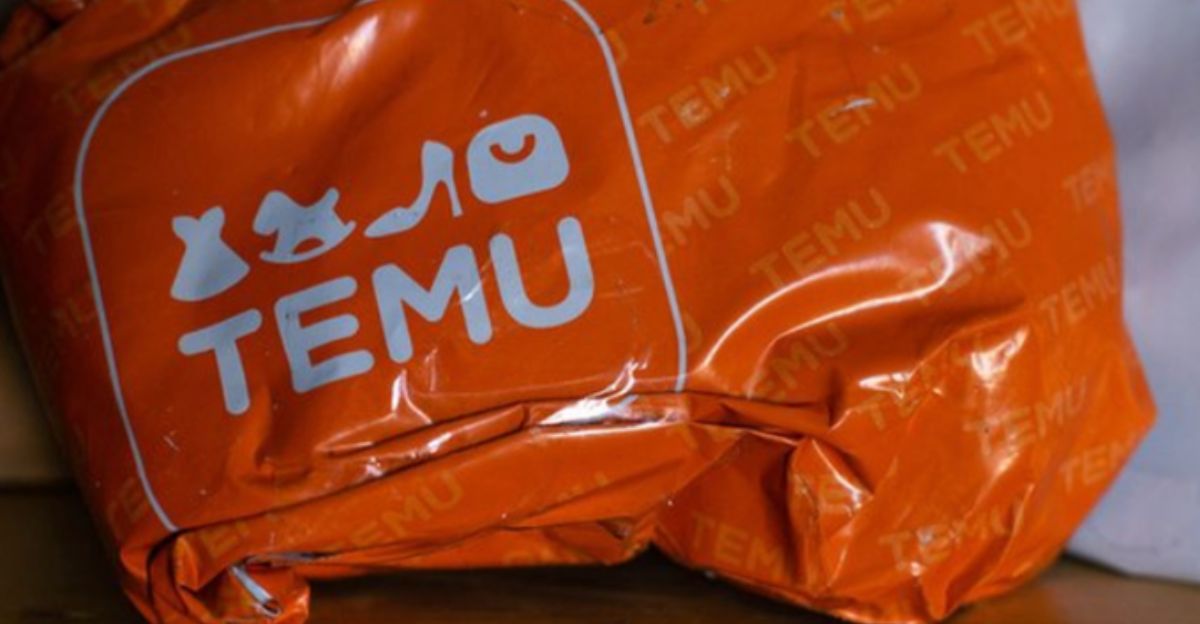
Here’s where it gets technical—but important. The de minimis rule lets packages under $800 enter the U.S. without paying tariffs. That rule made sense for souvenirs or small online orders.
But now, massive foreign retailers ship thousands of parcels daily under that threshold. Nearly half contain apparel or fabric. U.S. mills can’t compete with products that dodge import duties entirely. The result? Factories like Parkdale’s left gasping for air.
The “Energy Excuse” Revisited
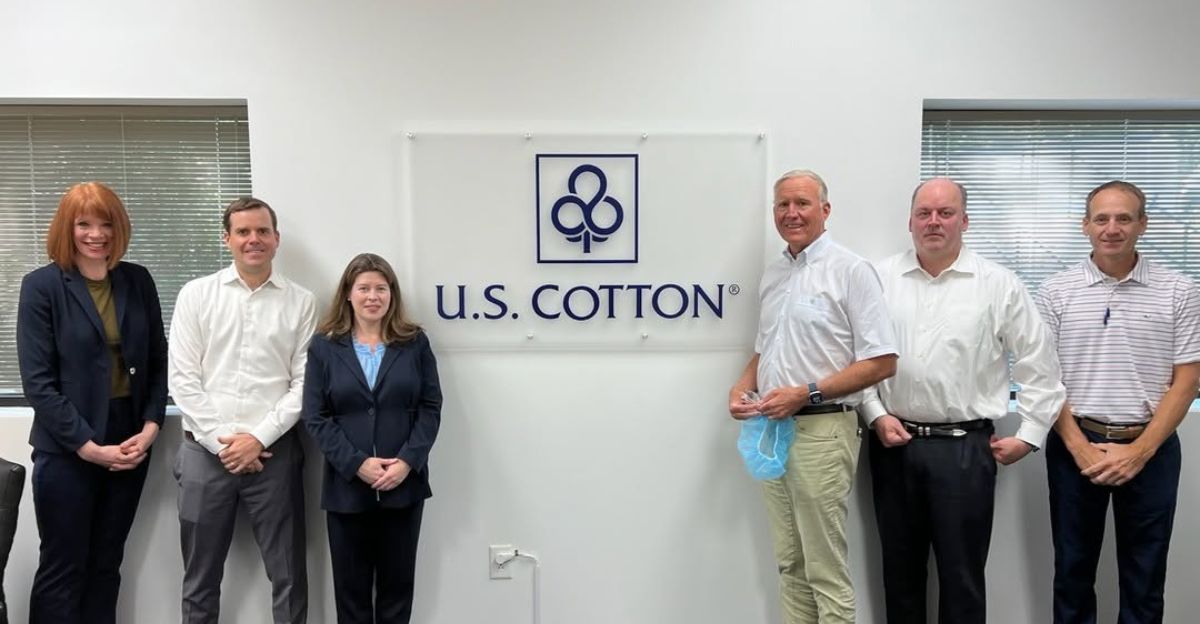
Even Parkdale’s own executives have contradicted their public statements. On June 14, 2024, in Washington, CEO Andy Warlick testified:
“Currently, only 60 percent of our production capacity is being utilized, mainly because of an overwhelming surge of cheap foreign imports enabled by the federal ‘de minimis’ loophole. Energy expenses are not the principal reason for our downsizing.”
His comments raise questions about whether “energy” has become a convenient scapegoat for deeper, systemic trade failures. If true, it’s not just Parkdale’s problem—it’s a national one.
Workers Left in the Dark

To make matters worse, Parkdale’s WARN notices confused even longtime employees. Dates shifted, messages clashed, and answers were scarce. Workers couldn’t tell when their final shift would actually arrive. Calls to corporate went unanswered. F
or a company with more than a century of legacy, the silence spoke volumes. The lack of communication turned an already painful loss into something closer to betrayal.
Washington Finally Steps In
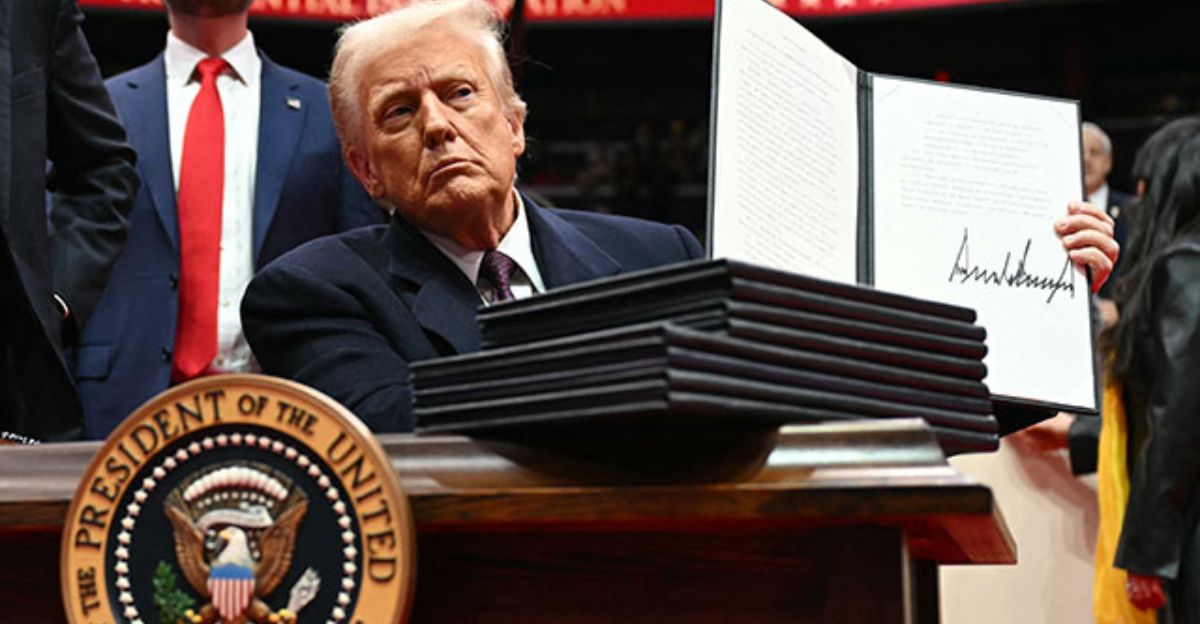
After months of pressure, the federal government acted. In late August 2025, President Trump suspended the de minimis exemption for commercial shipments, calling it a “loophole that hollowed out American industry.”
Textile groups hailed it as a long-overdue move. But for communities like Hillsville, the fix comes too late. The plant gates will still close, and those 68 jobs won’t return overnight.
Searching for a Second Act
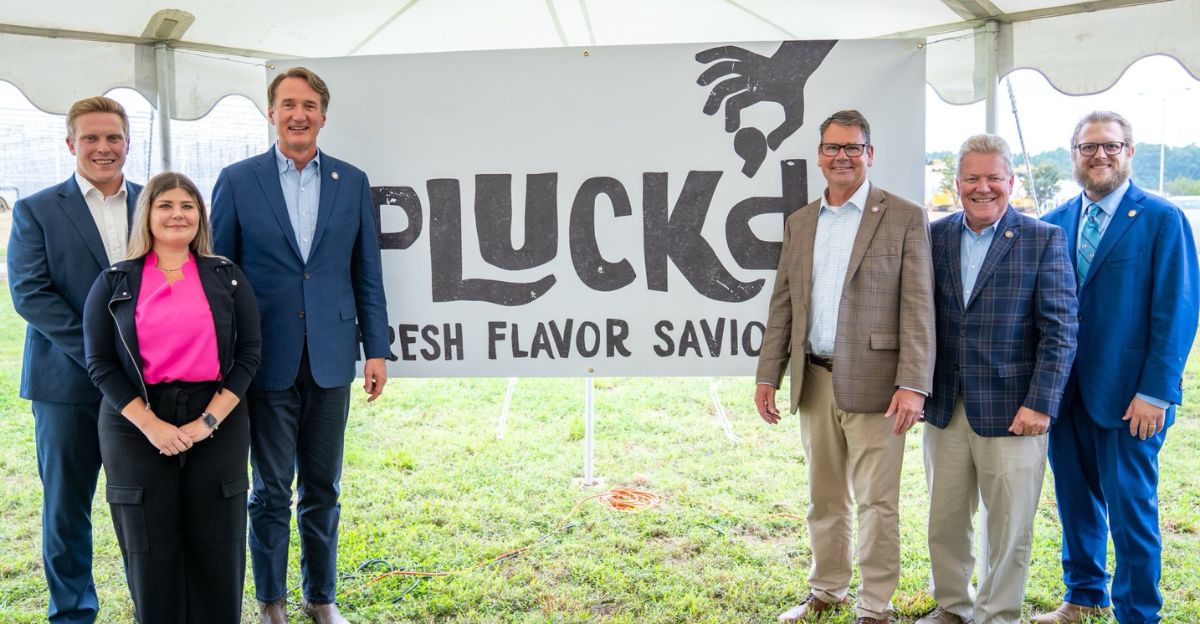
There’s at least a glimmer of hope on the horizon. A U.K.-based greenhouse company, Pluck’d (Oasthouse Ventures), plans to expand in Carroll County, promising over 100 initial jobs and hundreds more in time.
The catch? The work is agricultural, not industrial—meaning new skills, lower pay, and less stability. For laid-off textile workers, the transition won’t be simple, but it’s a start.
A Fragile Road to Recovery

Rebuilding the textile sector isn’t as easy as flipping a switch. Even with trade reform, mills can’t just restart production without skilled labor, supplier networks, and steady orders.
Many shuttered plants have already been sold or gutted. Economists say it could take years for the industry to recover—if it ever does. For towns like Hillsville, patience may wear thin long before results arrive.
Can Policy Fix What’s Broken?

Industry advocates say the de minimis suspension is a start, not a solution. After two dozen closures and record-low capacity, many factories lack the confidence—or capital—to reopen.
Restoring American textile strength will require not just tariffs, but investment, innovation, and public support. Without them, the reforms risk being too little, too late for towns already reeling from loss.
The Stakes Are National
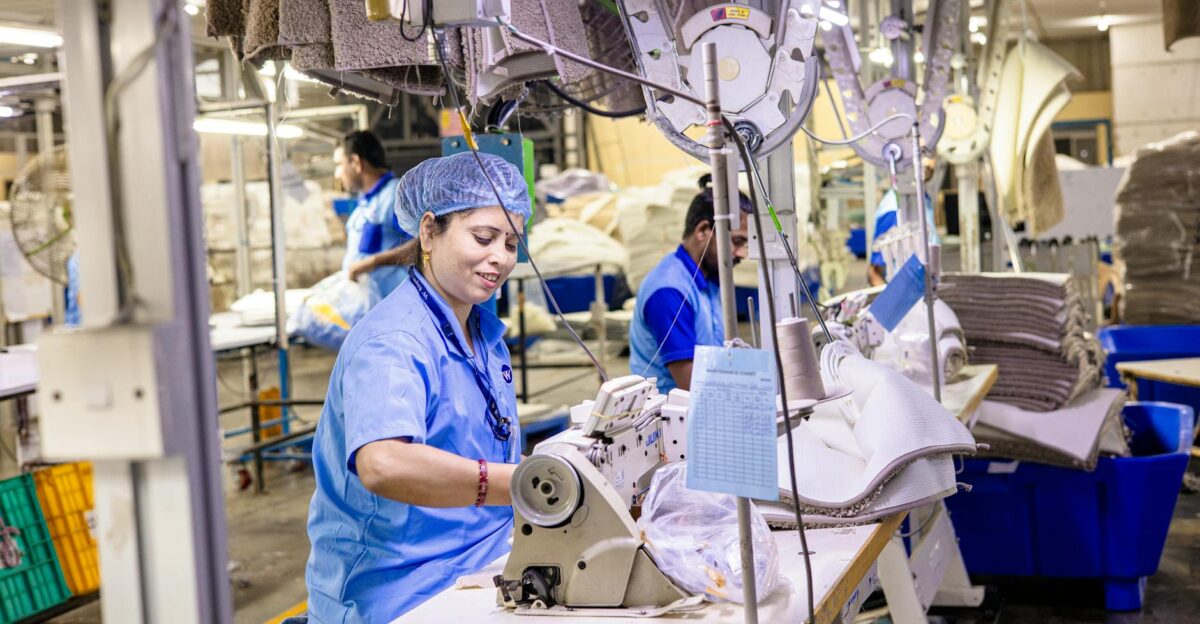
The U.S. textile sector doesn’t just make clothing—it supplies the military. More than 8,000 products, from uniforms to parachutes, depend on domestic mills. Losing that capacity threatens more than jobs—it touches national security. Lawmakers have added “Buy American” provisions to defense bills, but sourcing only works if factories still exist to fill the orders. Every closure weakens that chain.
Global Rivals Surge Ahead

Meanwhile, overseas manufacturers are thriving. Chinese and Southeast Asian producers used the de minimis system to flood the U.S. with low-cost textiles, shipping millions of parcels valued just under $800.
In 2024 alone, 1.4 billion such packages arrived. With those margins, domestic mills never stood a chance. The loophole didn’t just open the door—it tore the hinges off.
The Environmental Toll
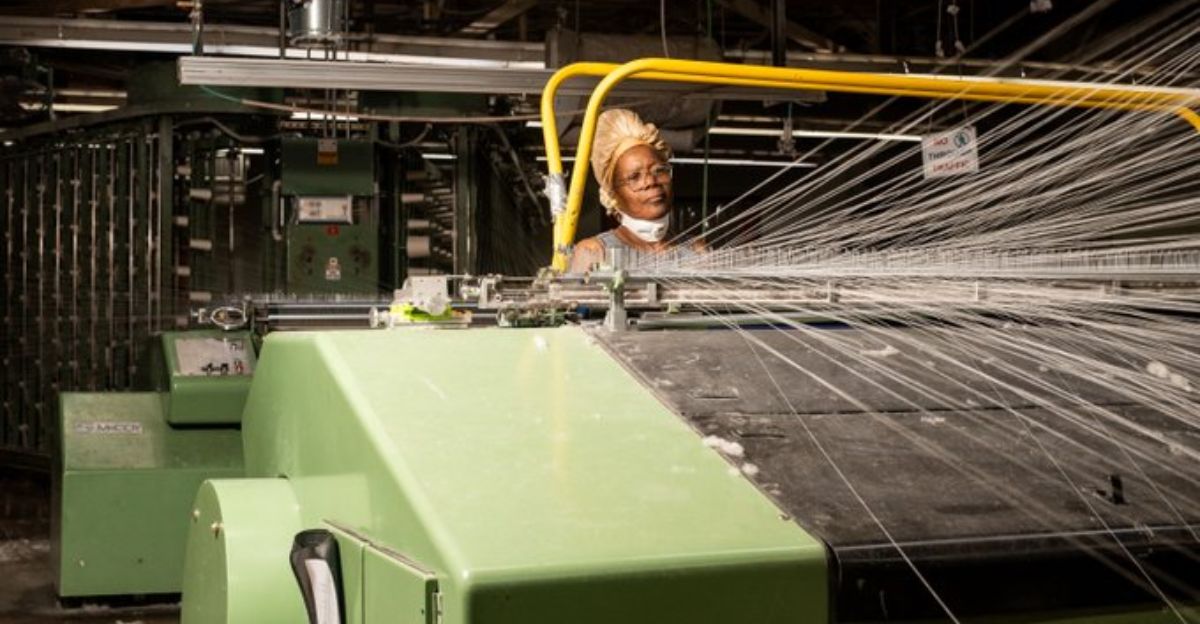
There’s another cost few discuss: the planet. Studies show domestic production generates far fewer emissions than importing fabric across oceans. Yet as U.S. mills close, the carbon footprint of our clothes only grows.
The textile industry already accounts for about 10% of global emissions, much of it from shipping. Buying cheaper abroad may save money—but it’s burning through something much bigger.
Lessons From Other Mill Towns

Communities across the Southeast have walked this same road. Towns in North Carolina and Georgia that once revolved around textile plants have found ways to diversify—some into tech, others into green energy.
Carroll County is studying those examples, hoping to rewrite its own story. The goal isn’t to replace the past, but to build something sustainable enough to last.
Manufacturing at a Crossroads

Parkdale’s Hillsville closure isn’t just one company’s downfall—it’s a reflection of where American manufacturing stands today. Between trade loopholes, shifting energy narratives, and global competition, the rules have changed.
Whether the U.S. can reclaim its industrial footing remains to be seen. For now, one thing’s clear: Hillsville’s loss is more than economic—it’s personal, and it’s part of a much larger reckoning still unfolding.